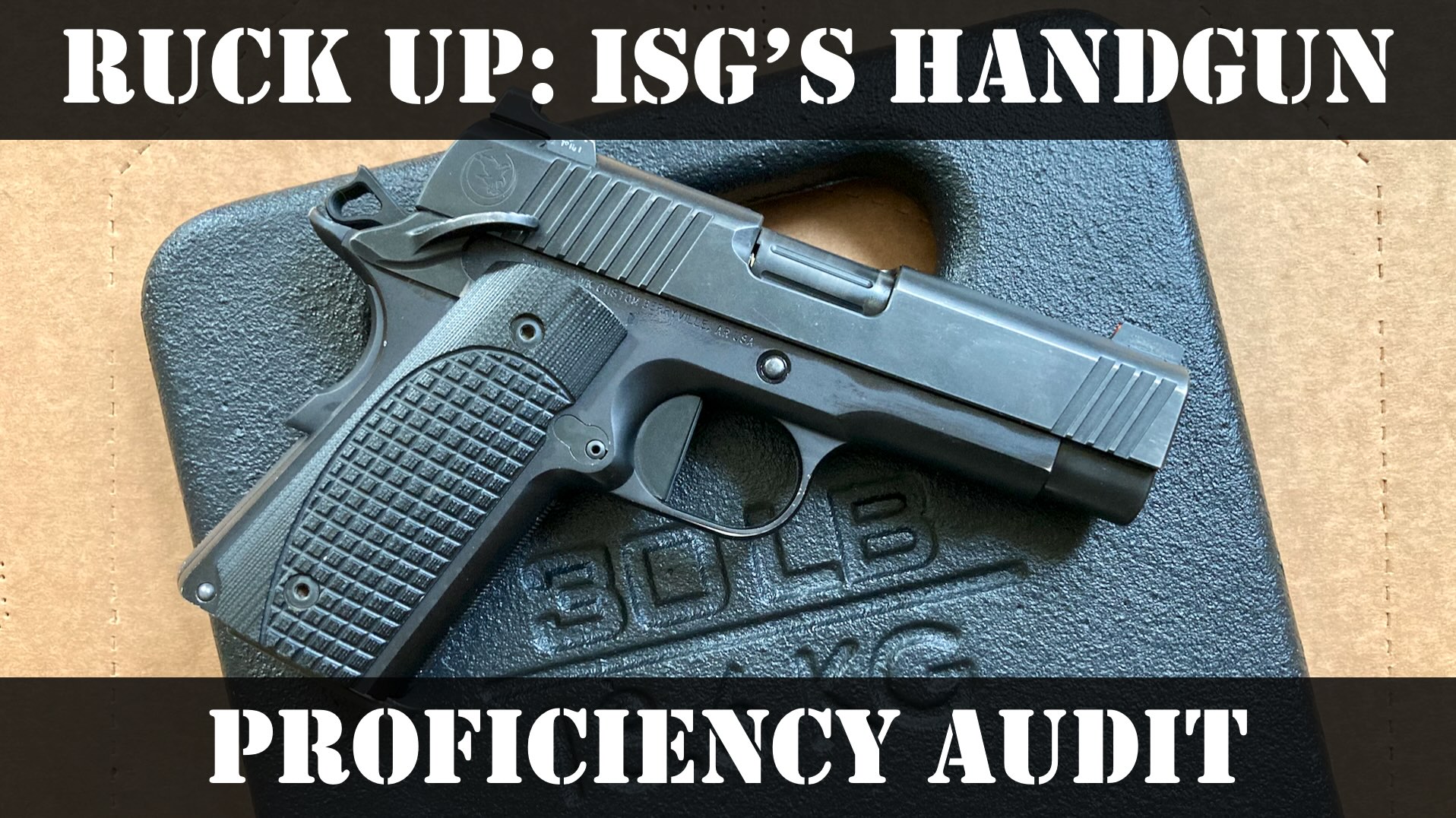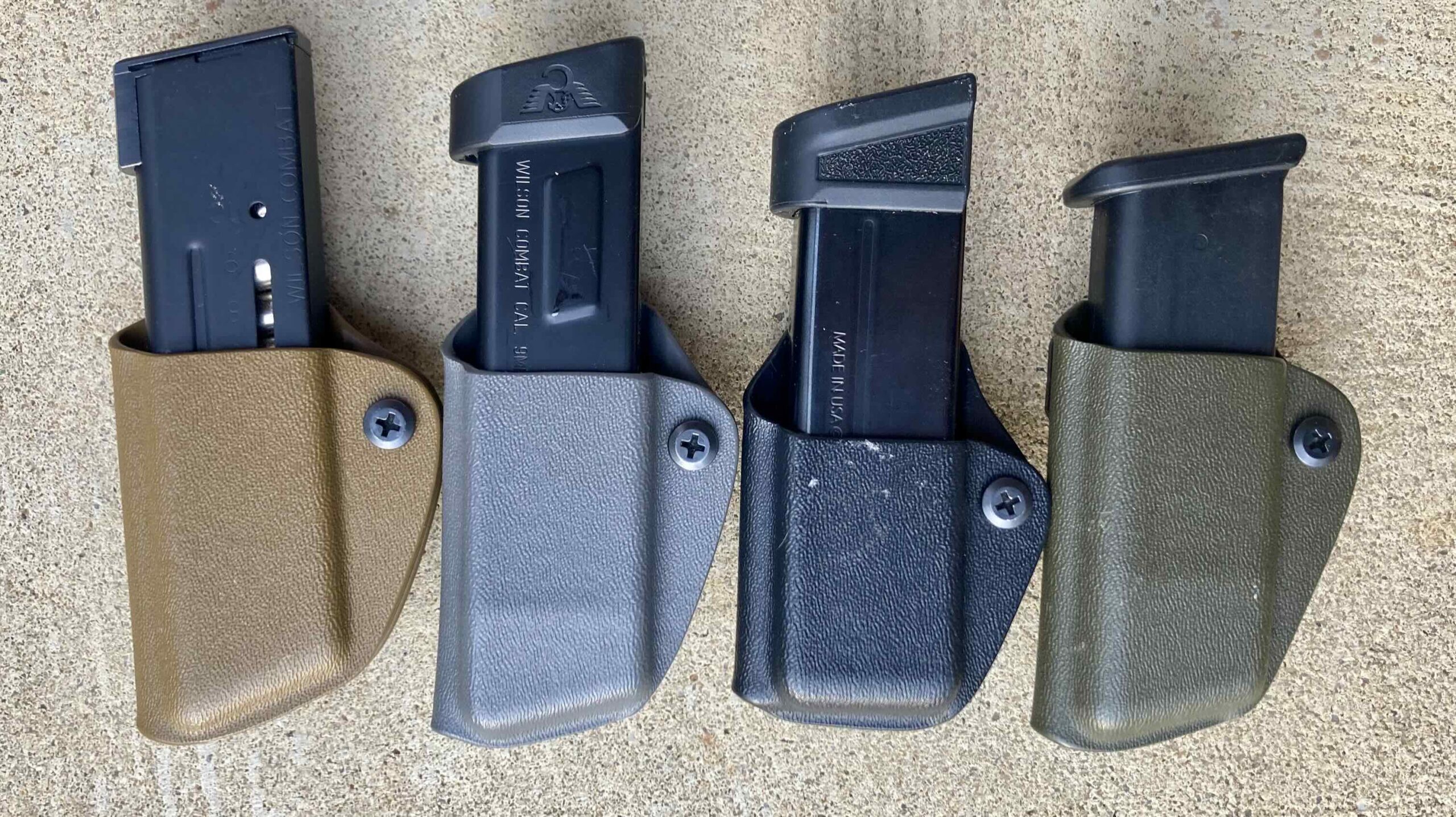If you carry a gun, you do so because you believe you might be in a gunfight. If you knew you were going to be in a gunfight tomorrow, would you spend some time dry practicing today? We all waste countless minutes per day mindlessly scrolling social media or watching TV. Take just ten of those minutes each day and better yourself. Here is your dry practice plan for the next two weeks.
This article contains affiliate links.
Focus Areas: Reloads
This period focused on reloads. My reload days consist of this:
- Start with a magazine with 1 round in the gun, a full magazine (of snap caps) on the belt, gun at slide-lock.
- Perform an emergency/slide-lock reload.
- Holster and recover the dropped magazine and stow it in your pouch.
- Using the recovered magazine, perform a tactical reload (that’s why I want a single round in that mag – for indexing purposes) with retention.
- Repeat steps 1 – 3.
- Perform a speed (slide forward) reload without retention.
This process can repeat until you’re out of ammunition in the mag that started as full. Pick up your snap caps, reload the mag, and repeat. You should be able to get at least 20-25 reps in in 10 minutes. You should also be getting a draw in for at least half of those (the tactical and speed reloads). Let’s talk about how reloads play into the bigger picture.
Focus Areas
This two-week period was spent doing reloads, but let’s look at what I did before that this year. I spent an entire month working on my presentation. I worked presentation from all sorts of weird positions and attitudes, and I worked it twice as long as I’ve worked everything else. Above all, getting the gun out is important. I was also able to function-stack. I didn’t talk about this much in that original post, but I presented on multiple targets, partially concealed targets, targets in varying lighting conditions (fore-lit, back-lit, evenly lit, etc.). Still, the primary focus was on getting the gun out smoothly, no matter what.
Next, I spent two weeks (half as long) working malfunctions. Malfunctions are more likely in the “real world” than they are on the range, because you’re more apt to get a crappy grip, fire from a compromised position, be in contact with people or things, etc. After that, we’re at the present: I spent two weeks working reloads.
If you’re a newer shooter, I think you should tackle reloads first, even though they are less likely to be needed in self-defense. Why? Not to make this some “wax on, wax off” lesson, but you need reloads to effectively recover from some malfunctions. Getting a new (or even the same, if it’s all you’ve got) magazine the in gun is important implied task for clearing a double-feed.
Carbine Work
You’ll also notice I did some carbine work. I did some of this from my battle-belt, hence the featured image this week. I mentioned this briefly in the last post, but I didn’t elaborate much. My goal with that was to do 30 consecutive days, on top of my 10 minutes per day with my handgun. I wanted to do six, five-day cycles. Each five-day cycle looked like this:
- “Up” drills: getting the gun up on target at varying distances, from high and low ready. This also included some implied tasks like watching for bore-sight relation and offset aiming at some distances.
- Transitioning to Left Side: After listening to this episode of the American Warrior Show I knew I HAD to get a little comfortable operating the carbine from my left side. This is where I saw some improvement.
- Carbine Reloads: Using the same cycle of emergency, tactical, and speed reloads described above.
- Malfunction Clearances: Here’s where I busted out Kyle Lamb’s Green Eyes, Black Rifles to make sure I was hitting all the high-probability stuff.
- Transitions to Handgun: this is a carbine skill, not a handgun skill. It’s a low-probability skill, but a fairly complex one.
As I mentioned, some of the reloads, malfunctions, and transitions were performed from my war belt. Others were simply performed with a magazine in my back pocket. Performing ten minutes of each of these skills, six times gave me exactly one hour on each – not a bad refresher on the carbine. I don’t plan to do two-a-days for the rest of the year, but there will probably be a month long shotgun tune-up in my future, and some more carbine work before the year is out.
My Results
Below are my results of the past two weeks.
January 1 – 15: 150 minutes, January 16 – 31: 160 minutes
February 1 – 15: 150 minutes,
February 16: 10 minutes reloads
10 minutes carbine up drills
February 17: 10 minutes reloads
10 minutes carbine transitions to left side
February 18: 10 minutes presentation
10 minutes carbine reloads
February 19: 10 minutes reloads
10 minutes carbine malfunctions
February 20: 10 minutes reloads
10 minutes carbine transitions
February 21: 10 minutes presentation
10 minutes carbine up drills
February 22: 10 minutes reloads
10 minutes carbine transitions to left side
February 23: 10 minutes reloads
transitions to left side
February 24: 10 minutes presentation
10 minutes carbine malfunctions
February 25: 10 minutes reloads
10 minutes carbine transitions
February 26: 10 minutes reloads
10 minutes carbine up drills
February 27: 10 minutes presentation/trigger
10 minutes carbine transitions to left side
February 28: 10 minutes reloads
10 minutes carbine reloads
February 29: 10 minutes reloads
10 minutes carbine malfunctions
Monthly Target: 290 minutes
Monthly Actual: 290 minutes
Cumulative Target to Date: 600 minutes
Cumulative Actual to Date: 600 minutes (10 hours)
Cumulative Actual w/ Carbine: 840 minutes (14 hours)
Current Streak: 60 days, 70 days (including last 10 days of 2019)
Tobacco Free: YES





